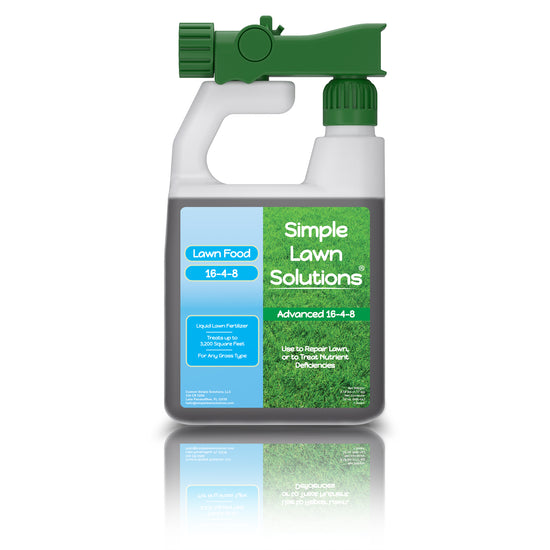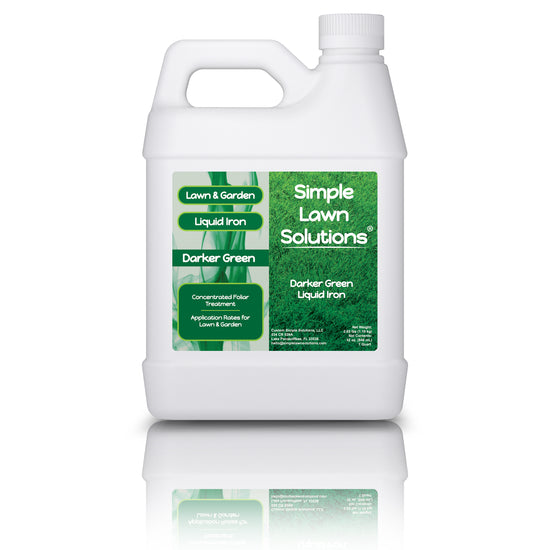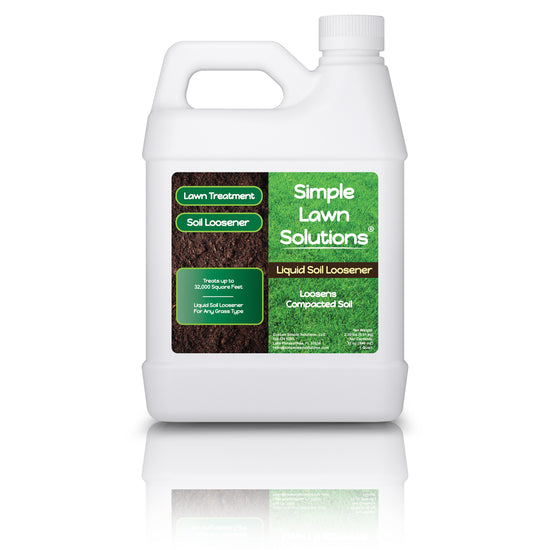Choosing to reseed or overseed your lawn could be a great choice to fill in bare areas, thicken up your lawn or starting a full lawn renovation project. Reseeding can be a tedious task so it is important to follow the steps to ensure your time and efforts are not wasted and that your newly seeded lawn thrives. We are going to go over the steps you should take when seeding your lawn. From properly prepping the soil to mastering the first mow, these best practices will help you master seeding your lawn.
Step 1: Prepare the Soil
Healthy soil is the foundation of a healthy lawn. Preparing the soil is the most important step when seeding a lawn, yet the most frequently skipped.
Remove Weeds and Undesirable GrassesIf you have a lawn full of weeds or invading grasses, they need to be removed or killed before seeding your new lawn. If not eliminated, weeds and invading grasses will compete with your new seed for resources such as nutrients, water, and sunlight. Completely removing unwanted grasses and weeds is essential for a successful newly seeded lawn that will thrive long term. Do a Soil Test
Your lawn is only as healthy as the soil it grows in. Balanced, fertile soil with high organic matter is the ultimate goal. A soil test can provide insight on any significant nutrient deficiencies or Ph imbalances that need to be corrected before seeding. If soil Ph is too high (alkaline) or too low (acidic), the lawn will not be able to absorb nutrients properly. Nutrient deficiencies should be corrected with fertilizer, and soil Ph should be balanced prior to seeding a new lawn. Loosen the Soil
Loosen and till the soil to encourage air and water movement. Compact soil provides a difficult environment for air and water movement and areas of standing water with poor drainage can lead to fungus and disease. If you have hard compact clay soil, then you may want to aerate prior. Check Out Liquid Soil Loosener for more information for a liquid aeration option. Level the Soil
Level your soil free from any depressions, slants, and unevenness that could cause future issues. Slope the soil away from any buildings to prevent any future water damage from water running off. Also, this is a great time to install irrigation. Remove Debris
Removing rocks, plastic or any trash buried in the lawn sounds like common knowledge, but this step is often violated, especially when it comes to new construction homes. The consequences of skipping this step may not appear instantly, but a lawn may have issues years after establishment. Debris buried in a lawn can cause problems that resemble disease or nutrient deficiency but are a result of the lawns shallow root system caused by the leftover trash. *Plan to Complete these tasks at least 2-4 weeks before planting grass seed.
Step 2: Select the best seed for your Lawn
Select the best seed for your lawn depending on your region and your individual property characteristics. After deciding what grass type is most appropriate then you can choose a quality seed from a reputable company.
Step 3: Add Nutrients & Seed
Apply Starter Fertilizer a day before Seeding
Phosphorus is the most important element during the first stages of seeding. Add a starter fertilizer to your soil right before laying your new seed. The starter fertilizer is recommended even after you correct any deficiencies in a soil test. * Growth Booster is a great product at this stage
Correct Nutrient Deficiencies
Fertilize to correct any nutrient deficiencies as soil on soil test. Correct unbalanced Ph if appropriate.
Apply Soil Treatment
Apply Soil Treatment such as Root Hume or Soil Hume to help aid the uptake of nutrients once newly seeded areas sprout and germinate.
Step 4: Irrigation
Proper Watering is essential to successful establishment of seed
- Seed germination is activated by water
- Watering correctly should be the main focus for the next 3 weeks.
- Top half inch of soil should constantly stay moist, but not overflowing or saturated.
- Once the lawn sprouts and roots, it is able to take moisture from deeper layers of the soil. Watering can be cut back at this stage, but still more watering is needed for the next few weeks, than an established lawn would need.
- Once the lawn is established go back to a regular watering schedule
Step 5: Add (N) Nitrogen fertilizer
When your new lawn reaches 1-2 inches in height it may show signs of a Nitrogen deficiency. Apply a nitrogen fertilizer at this time. This will give it a further push to full establishment.
Step 6: Master the First Mow & Enjoy Your New Lawn
No more than 1/3 of the tissue of the lawn should be removed during any single mowing. Mow 50% more than recommended mow height.
Enjoy your new lawn!










26 comments
Hello David,
Thank you for reaching out. It will not affect the seedlings.
I applied the soil loosener about 5 days after all of my Tall Fescue germinated due to the heavy rains from the recent hurricane here in NC. Will this affect the seedlings? It’s three days later and all looks well. Thanks!
Hello Nan, Soil Loosener should be applied 4 weeks prior to planting seeds, or should be applied well after the grass seed has germinated and matured. Our Soil Loosener can soften the seeds outer shell, and may disrupt seed germination, resulting in a poor germination rate. If you need further assistance, please email us at hello@simplelawnsolutions.com
I found your soil loosened after fall season fertilizing and overseeding fescue blend in North Carolina. How soon can I apply the soil loosener after the reseed?
You guys are the best! Lawn is looking great this year!